Tracking the Share of Handling for Malt Beverages in Lagos
How we mapped product availability across 1,500 informal retail outlets to decode brand performance in one of Africa’s biggest consumer markets.
We worked with one of Nigeria's top FMCG companies in analysing the performance of malt beverages in informal retail settings. Our objective was to monitor product movement, pricing, stock levels, and sales frequency across different outlet types, including kiosks, corner stores, supermarkets, and open-air markets.
This project was initiated because traditional consumer panels and distributor data were inadequate in capturing retail activities within unstructured markets, which account for a large share of consumer transactions in Nigeria. The company required more in-depth, on-the-ground insights to inform its retail and route-to-market strategies.
PLATFORM
Responsive web
ROLE
Project Manager
CONTRIBUTIONS
Research strategy, Retail tracking, market research, Data analysis, DesignOps
Project Scope and Approach
The study was conducted in 3 key regions of Lagos: Alimosho (Lagos West), Kosofe (Lagos East), and Surulere (Lagos Central). Specific neighbourhoods and markets included Iyana-Ipaja, Egbeda, Mile 12, Ketu, and Ijesha. A minimum of 30 outlets, including small shops, kiosks, and open markets, were surveyed per neighbourhood. These locations were chosen based on their potential for high consumer traffic and the dynamics of informal markets.
A group of our team of mappers at work on the streets of Lagos.
Our proprietary retail tracking WhatsApp bot allows our mappers to collect reliable, verifiable insights directly from store owners. Designed with offline capabilities, it captures multimedia and supports GPS tagging for geospatial analysis. It also supports the following features:
Outlet profiling by store type and location
Structured surveys for malt beverage SKUs (including price, brand, pack size, sales volume, and stock availability)
Photo and video documentation of store shelves and displays
GPS data capture for mapping and revisits
The WhatsApp bot's real-time nature ensured efficient coordination and validation, allowing the study to be completed in a record time of less than three weeks. The tool's performance permitted them to spend an average of 10 - 12 minutes at each store location.
We continuously monitored data quality and mapper performance through a central dashboard. If location data was missing, surveys had inconsistent SKUs, or photos were blurry, we flagged entries for correction. This feedback loop helped maintain the integrity of our data in real-time.
Below is a slideshow showcasing some of the stores that the team diligently tracked for this study.
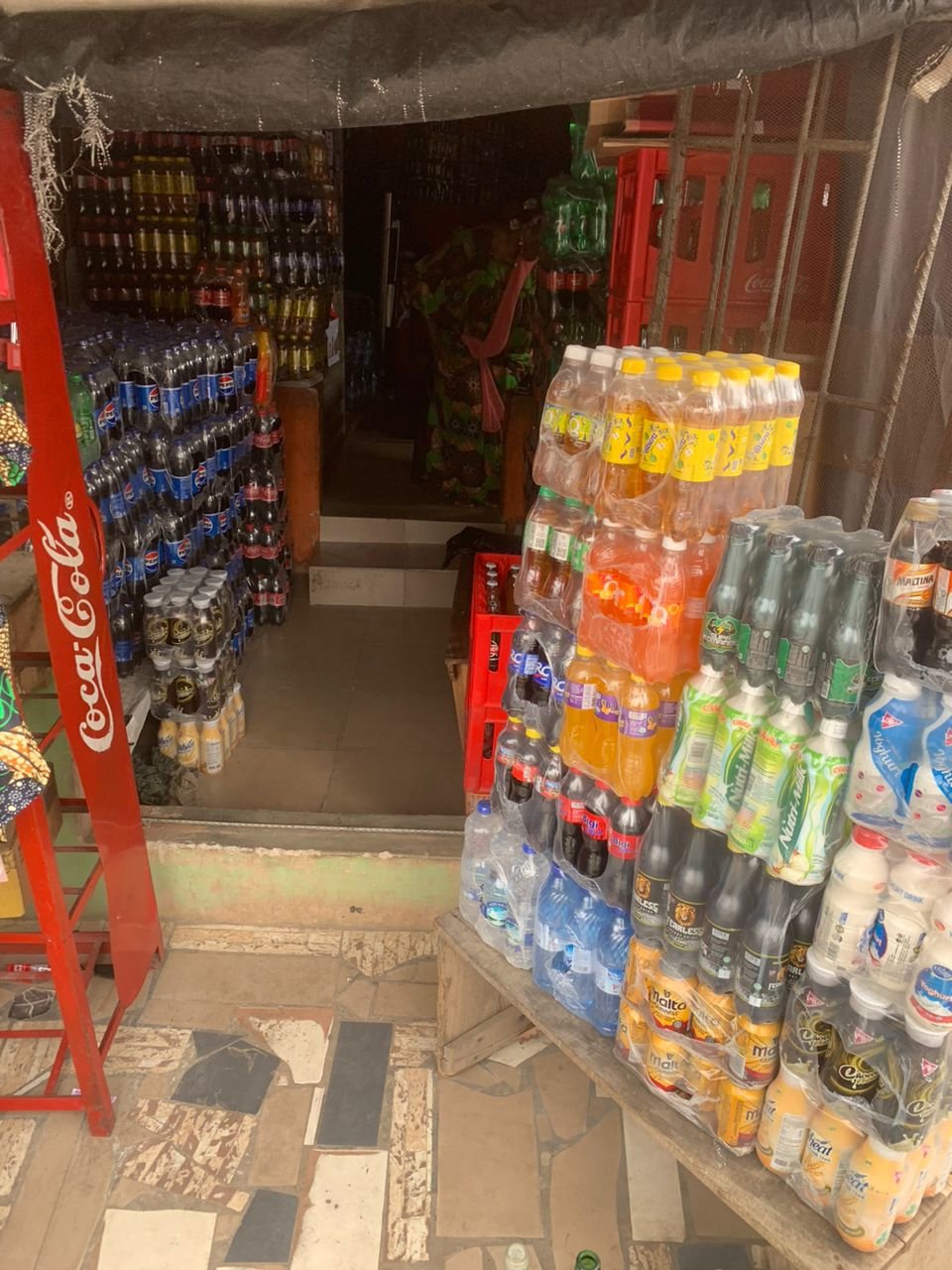
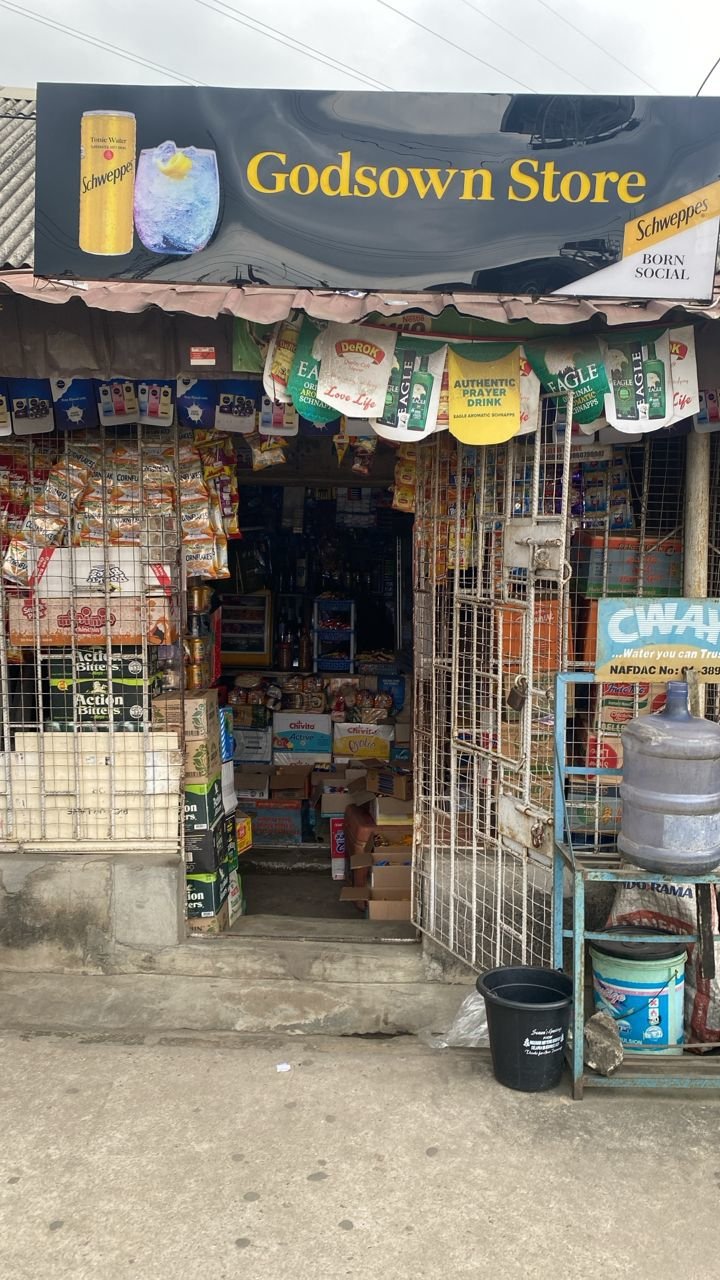

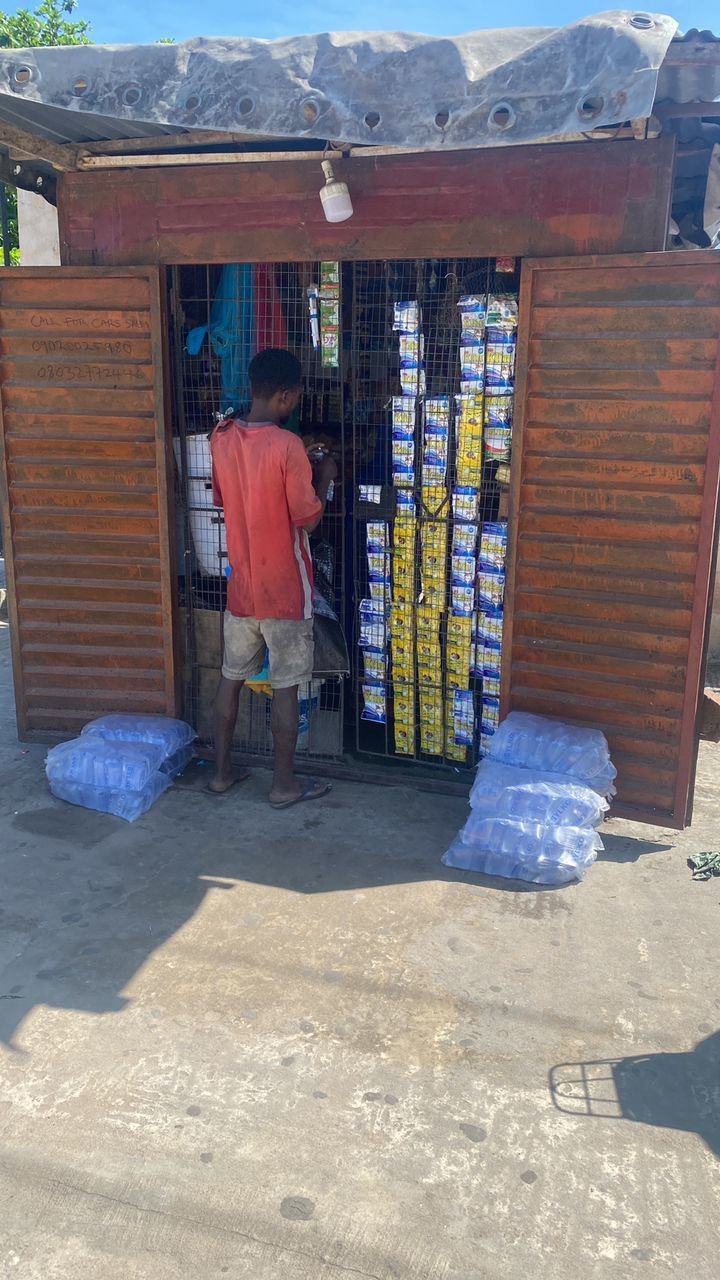
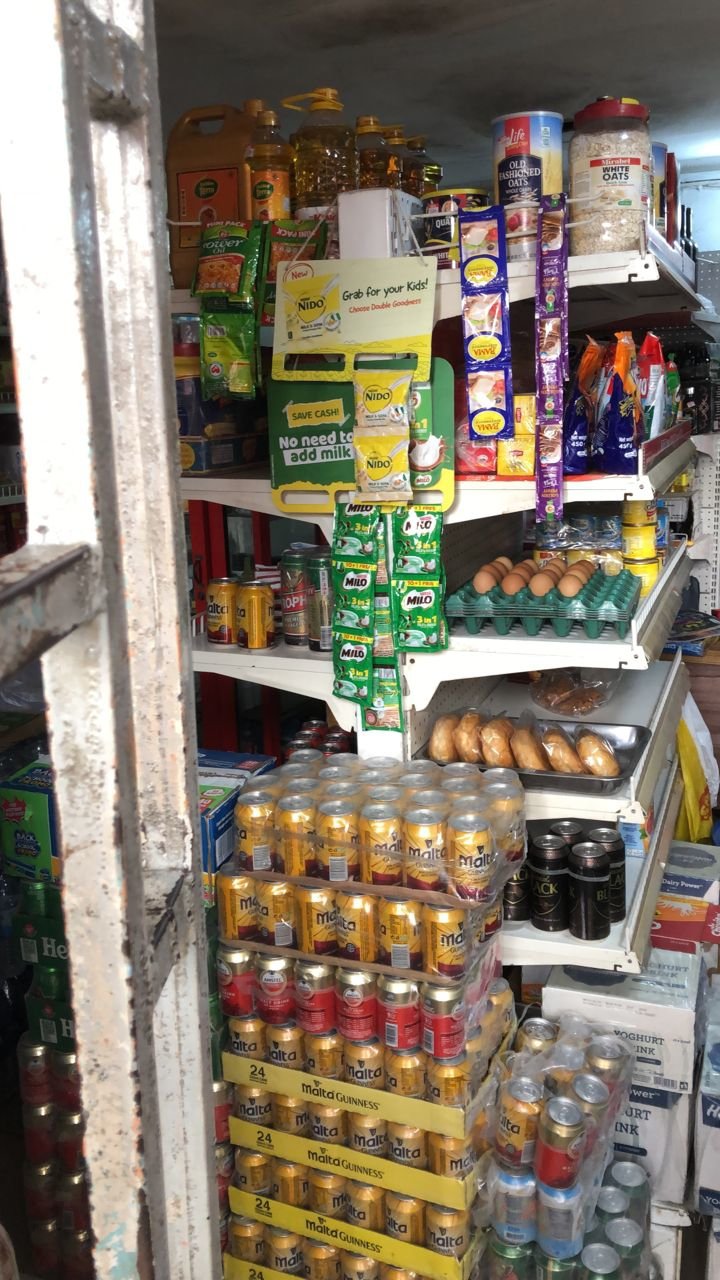
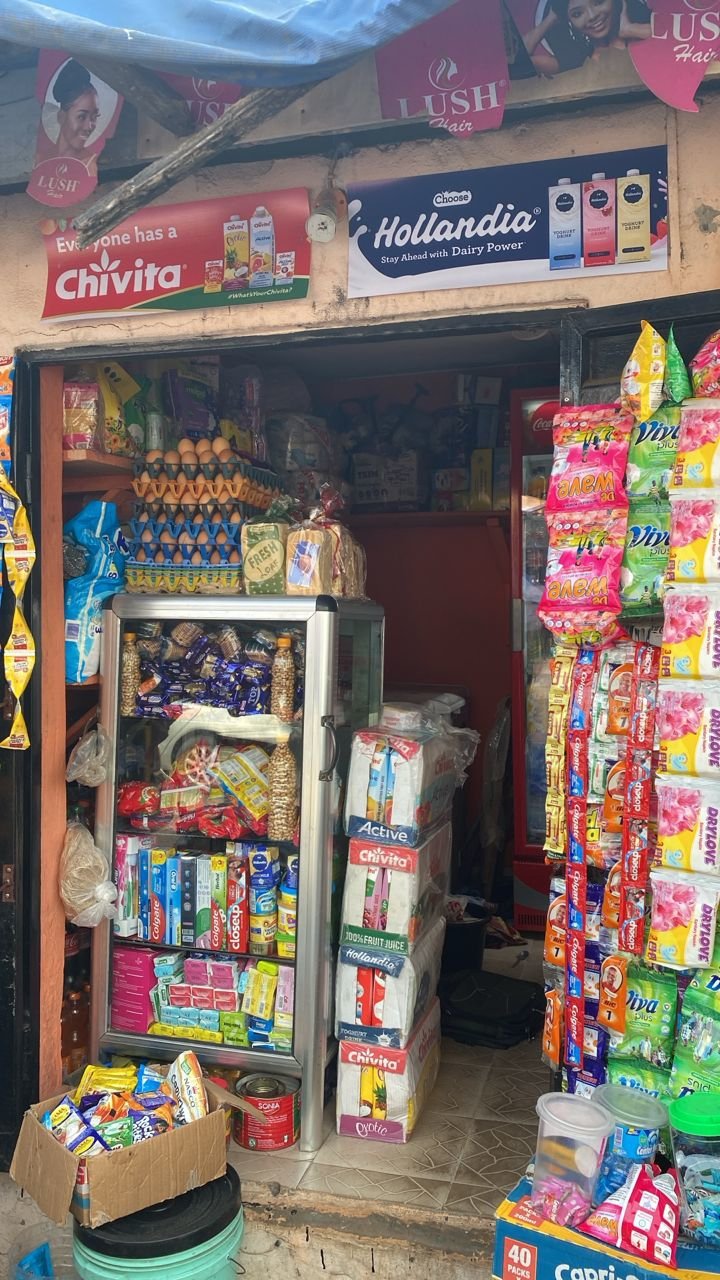



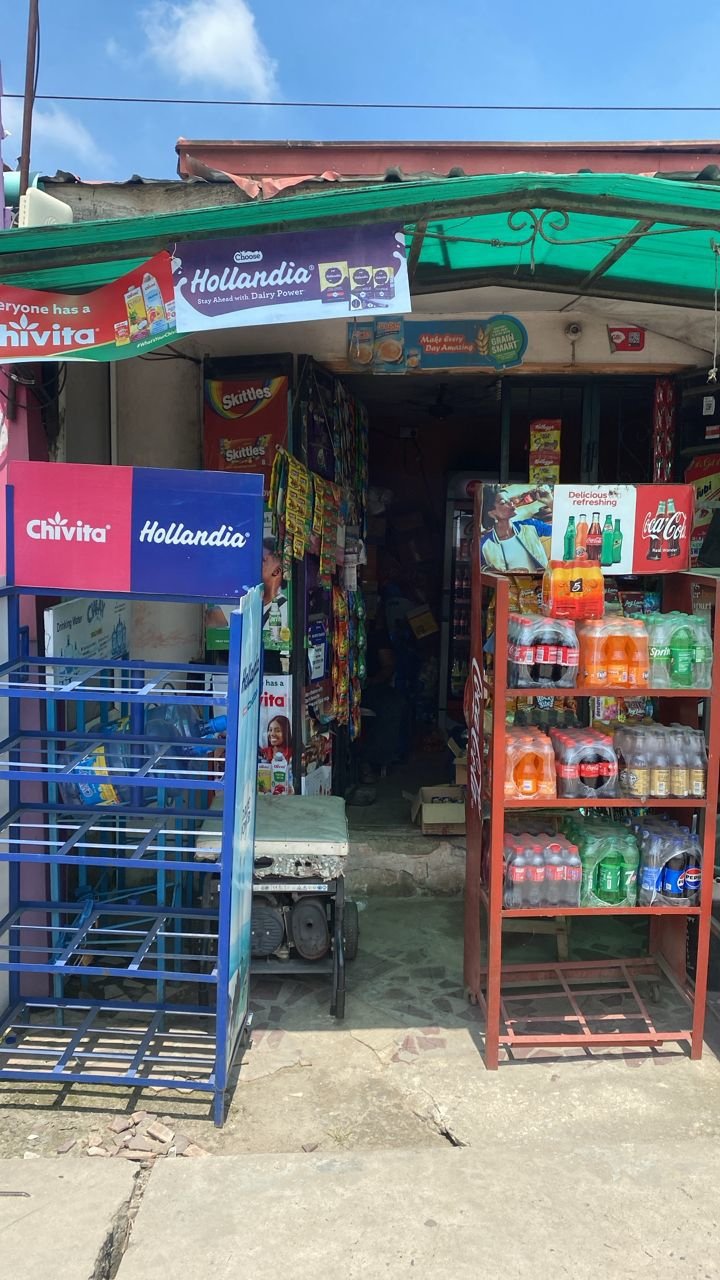
What We Discovered
Brand Presence and Competitive Gaps
Malta Guinness and Maltina Classic were by far the most available brands across all regions, each present in over 50% of stores. Their dominance reinforced the power of legacy distribution and brand equity. But Surulere painted a different picture: Amstel Malta had a surprisingly strong 35.4% footprint, more than double its presence in Kosofe and Alimosho. This hinted at localised consumer preferences and suggested emerging territory for challenger brands.
Share of Handling by Brand
Packaging as a Strategic Lever
Over 90% of available SKUs were in cans or PET bottles, formats that simplify shelf handling and appeal to on-the-go buyers. Glass bottles were nearly extinct in Kosofe and Alimosho. Yet in Surulere, Amstel's glass variant maintained a niche presence, pointing to a subset of premium-leaning consumers. Packaging, we found, wasn't just operational, it was cultural and strategic.
Price Isn't Everything
Despite being the most expensive product in our study, Malta Guinness maintained dominant availability. Meanwhile, budget brands like Beta Malt and Dubic Malt, often ₦100 – ₦200 cheaper, struggled to gain shelf space. Pricing alone wasn't driving performance; distribution muscle and trust were doing the heavy lifting.
Retail Networks Define Reach
Small shops were the backbone of malt sales, making up 70 – 85% of the observed retail footprint. Kiosks followed closely in high-density areas, while supermarkets and open markets accounted for less than 3% of shelf share. This validated a key assumption: brand growth happens at street level in Lagos.
Stockouts = Missed Revenue
Out-of-stock frequency was highest in Alimosho and Kosofe, especially for Amstel and Beta Malt. This pointed to demand outpacing supply, and exposed a serious opportunity for mid-tier brands. Fixing these gaps could drive immediate volume growth and help these brands compete more effectively.
The Role of the Dashboard
The interactive dashboard at Kimoyo Charts played a crucial role in enhancing the study’s impact. Its heat map visualisations underscored brand presence and distribution gaps, while real-time updates allowed stakeholders to monitor progress dynamically. Pricing trends and competitive analysis provided actionable insights to refine the company’s positioning across Lagos markets.
Impact
The study’s findings significantly influenced the company’s market strategy. The heat map identified specific distribution gaps, prompting resource reallocation to ensure stock availability in underperforming areas. Tailored marketing campaigns and point-of-sale promotions targeted high-traffic zones like Katangua Market and Mile 12, resulting in a 15% increase in retail sales within three months. Competitive pricing adjustments in Kosofe and Alimosho helped reclaim market share, while region-specific discounts and promotional activities closed visibility gaps.
Moreover, the study showcased the efficiency of our tool, reducing data collection costs by 85% compared to traditional methods. This rapid turnaround allowed the company to implement strategies promptly, leading to a 20% increase in shelf share in key regions.
Conclusion
At Kimoyo, we know we are competing against bigger companies that are well-funded and massively staffed. Still, our edge has always been our use of technology to automate tasks that require great human efforts such as this. This project highlights the transformative potential of leveraging technology in FMCG market research, such as the WhatsApp API and interactive dashboards. Kimoyo’s Survey Bot streamlined data collection, while the dashboard provided an intuitive platform for visualizing and acting on insights.
The findings empowered the company to optimize distribution, enhance retailer relationships, and increase market penetration. By embracing innovative methodologies, the company strengthened its competitive edge and set a new standard for efficient and effective market research in Lagos’ bustling malt beverage sector.



